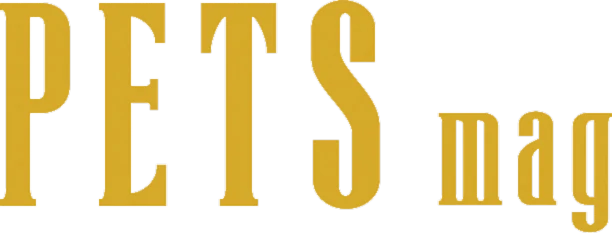The TTouch method was developed by Linda Tellington-Jones. The Canadian horsewoman had a long background in horse training and massage, but in 1970s, she began studying with Dr. Moshe Feldenkrais, an Israeli physicist. Feldenkrais had developed a method of gentle manipulation of the human body, designed to improve pain and movement. He believed that by engaging non-habitual movement, you might be able to activate unused neural pathways to the brain and expand the potential to learn.
Tellington-Jones began to experiment with non-threatening manipulations with horses. Her experimentation lead to her development of the Tellington Touch Equine Awareness Method (TTEAM), a training system for horses that included a circular touching technique, ground work, and riding exercises. Tellington-Jones found the method to be very effective and in the 1980s began adapting it for working with other animals, including dogs, and TTouch was born.
Tellington-Jones writes that the goal of TTouch is to “stimulate the function and vitality of the cells in an animal’s body, and to activate unused neural pathways to the brain.”
TTouch likely engages the parasympathetic nervous system, relaxing muscle tension and allowing heart rate, blood pressure and circulation to slow, in effect bringing stress levels down.
One study, done at the Biofeedback Institute in Boulder, Colorado, showed that TTouch can create changes in certain brain waves. During the study, the brain wave patterns that emerged during TTouch were different from those that emerged from simple petting, stroking, or massage. The results suggest that TTouch may relax the body and brain while simultaneously encouraging an alert, thinking state.
